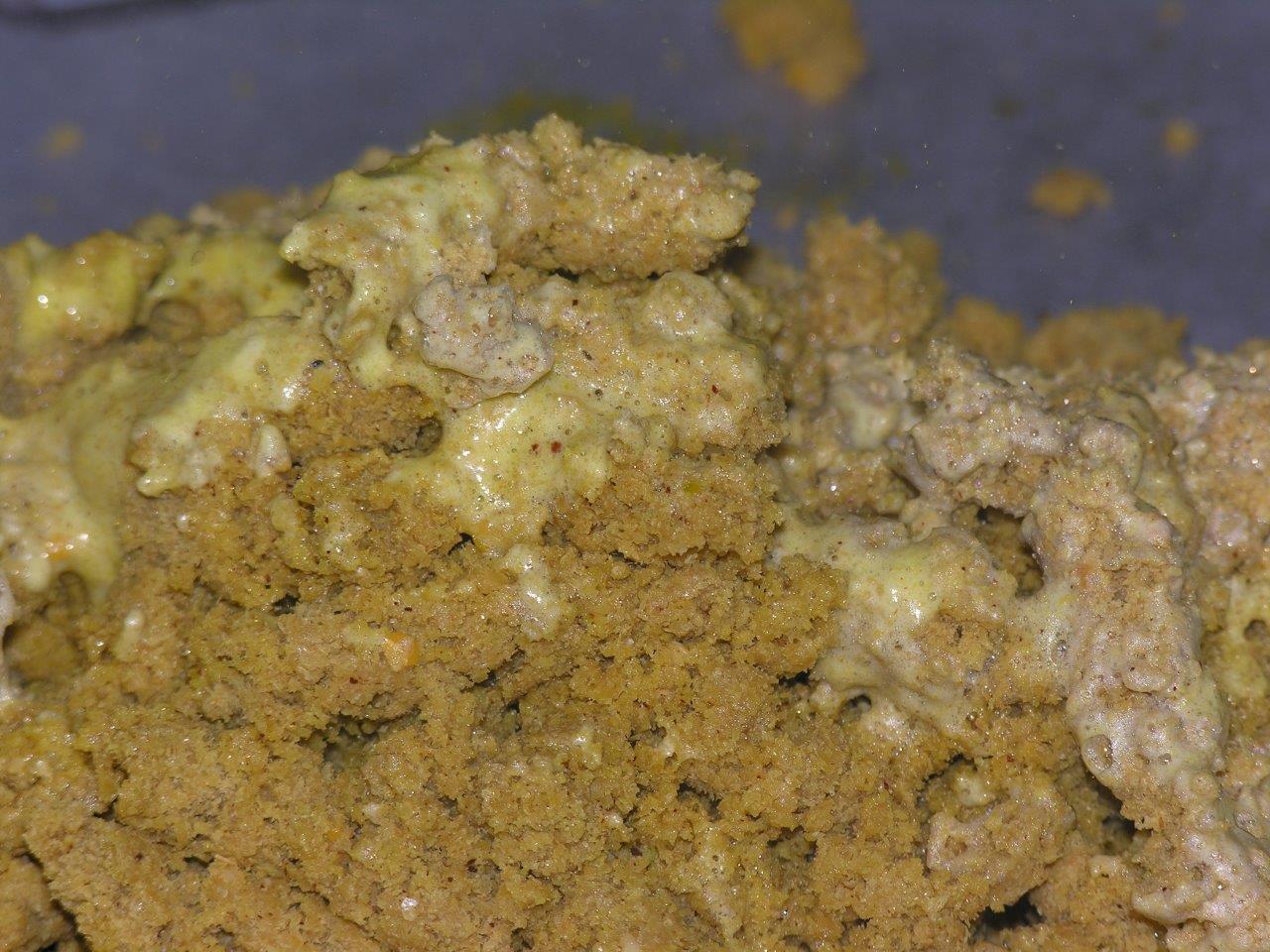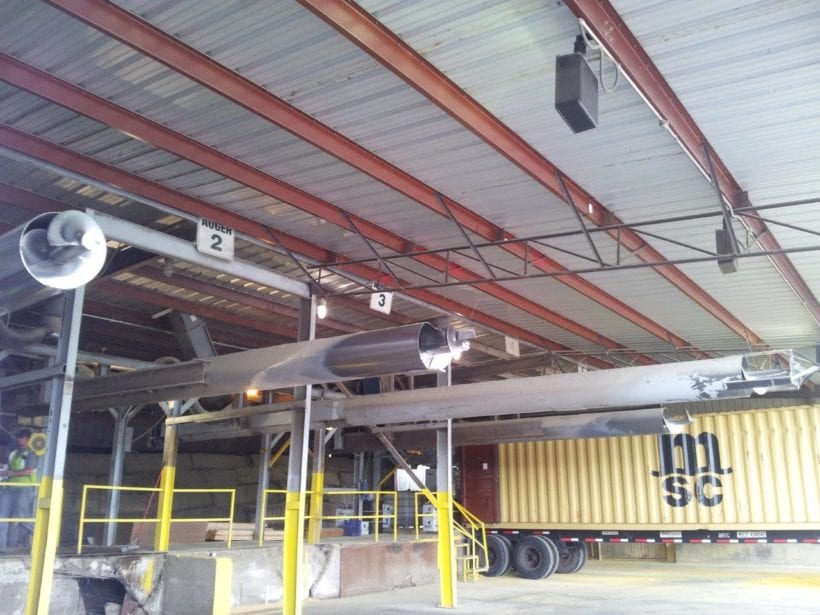U.S. Soybeans Promoted as Optimum Quality Raw Material for FFSBM in Poultry, Swine Compound Diets
- Category:
- Animal Utilization
- General News

With feed demand continuing to increase and challenges occurring from shortages in high-quality protein raw materials available locally, Eastern European feed manufacturers are searching for solutions to secure supply and increase competitiveness. Full fat soybean meal (FFSBM) has proven to be a “silver bullet” for several countries’ feed industries.

At a recent USSEC event for U.S. soy customers from Romania and Bulgaria, USSEC consultant Dr. Julian Wiseman addressed the opportunity for full fat soybean meal production and use in the particular context of Romanian and Bulgarian markets.
“Processed by different methods and properly incorporated in different animal diets, full fat soybean meal is of major importance as a raw material in both pig and poultry compound diets as it contributes both to energy but also amino acid provision,” Dr. Wiseman explained. “As far as energy is concerned, oil in full fat soybean meal is stable, simply because it contains naturally-occurring antioxidants and it is easy to add ‘energy’ to diets through oil in full fat soybean meal, as there is no need for specialized milling equipment required for fat blend. It is an economical means of adding high energy material when fat blends are expensive or of doubtful quality,” he emphasized to more than 30 participants attending the April 2019 training in Bucharest.

“There is increased interest in the use of full fat soybean meal, which means that ensuring optimum quality is essential. Trypsin inhibitors are present in raw full fat soybeans which significantly influence physiology of the animal and reduce performance. Processing therefore is vital to denature them,” added Dr. Jan van Eys, USSEC consultant - animal utilization. “Variability in processing conditions is frequent and it is important to control them to ensure that nutritional value is maximised. Ultimately controlled processing is the key to optimizing nutritional value of this very useful raw material.”



Through their presentations, the USSEC consultants positioned U.S. Soy as a superior quality protein and energy ingredient, challenged the current soy-based diets and animal feeding concepts, and offered participants new ideas about how to improve compound feed quality and dollar savings. Promoting U.S. Soy as an as optimum quality raw material for full fat soybean meal is expected to stimulate demand for U.S. soybeans, which are known for benefits such as fewer foreign materials, fewer splits, and better amino acids digestibility. This should encourage containerized U.S. soybean exports, which fits for these feed industries that already have soy processing facilities, particularly in the case of Romania, which has more than 25 soy extrusion facilities and runs out of beans for at least half of the year.